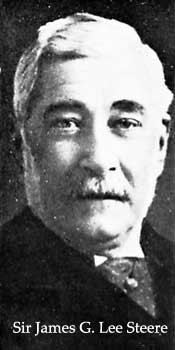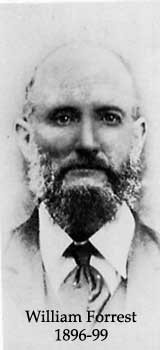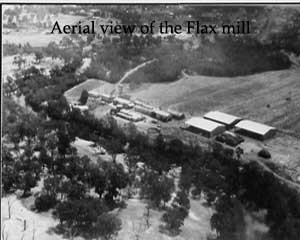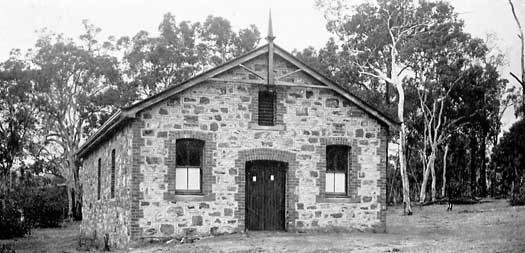History
Boyup Brook was originally inhabited by Aboriginal people of the Bibbulmun Tribe. The name derived from the Aboriginal word "Booyup" meaning "Place of Big Stones" or "Place of Big Smoke". The large stones are referring to the large Granite rocks surrounding the Upper Blackwood area and the Big Smoke refers to the smoke from the burning of Grasstrees once referred to as Blackboys.
The first European explorer to come to the Boyup Brook area was a gentleman by the name of A.C. Gregory. Gregory carved his initials and the year 1845 on a tree north-east of Boyup Brook. It is believed that A.C. Gregory was one of the first European explorers to cross the Blackwood River.
The area was first settled in 1854 by Commodore Scott, who built his homestead  'Norlup' at Scotts Brook south of the town. Commodore Scott was followed in 1861 by James George Lee Steere who settled near the Blackwood River and in 1871 William Forrest took up some land named Dwalganup. By the year of 1882 there were 19 families within the district.
'Norlup' at Scotts Brook south of the town. Commodore Scott was followed in 1861 by James George Lee Steere who settled near the Blackwood River and in 1871 William Forrest took up some land named Dwalganup. By the year of 1882 there were 19 families within the district.
The township of Boyup Brook's first major building was the local school - opened on the 9th February 1900. By 1909 a railway line from Donnybrook had reached the settlement, making Boyup Brook more accessible and recognised. The early settlers made a living by kangaroo hunting and timber cutting.
In 1940 during the Second World War a flax mill was built in the town. Flax material was used to make linen, upholstery and canvas and these materials were in very high demand during the war. Boyup Brook and the surrounding area was ideal for growing the flax. The Boyup Brook flax mill was the last flax mill in Australia to close down in the 1960s.
There were a number of larger timber mills within the Boyup Brook district (the last closing in 1982). Wilga and Chowerup and other outlying districts also had smaller mills. The mill at Chowerup is still operating to this day.
A very famous building within the Boyup Brook town site is the Agricultural Hall. This building was one of the first buildings within Boyup Brook and was  used as an Agricultural Hall (town hall), an Infant Health Clinic and rest room, and was also used as a pre-school / playgroup building. The building was then turned into a Tourist Information Centre and still remains that today. After much renovation the building has retained its original look.
used as an Agricultural Hall (town hall), an Infant Health Clinic and rest room, and was also used as a pre-school / playgroup building. The building was then turned into a Tourist Information Centre and still remains that today. After much renovation the building has retained its original look.
Historical information taken from the Boyup Brook Tourism Association Web site.